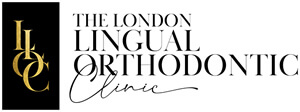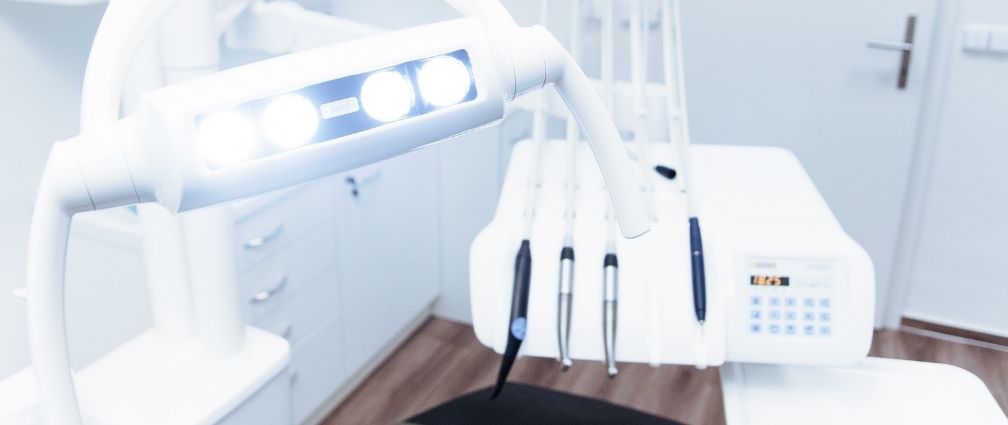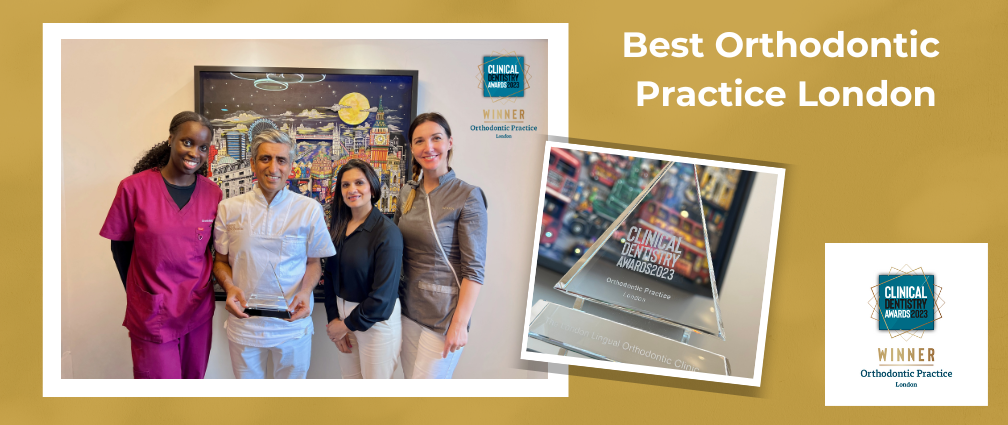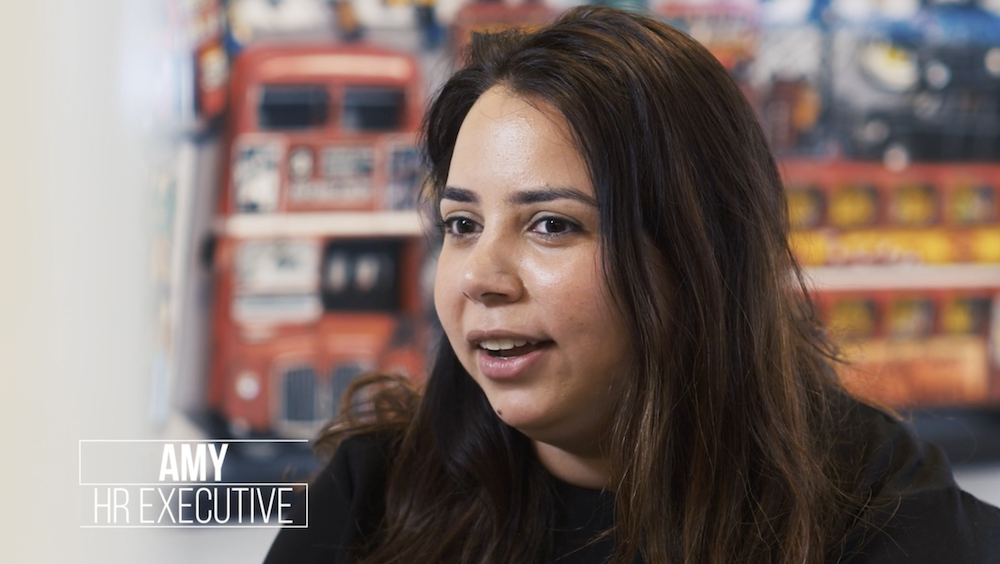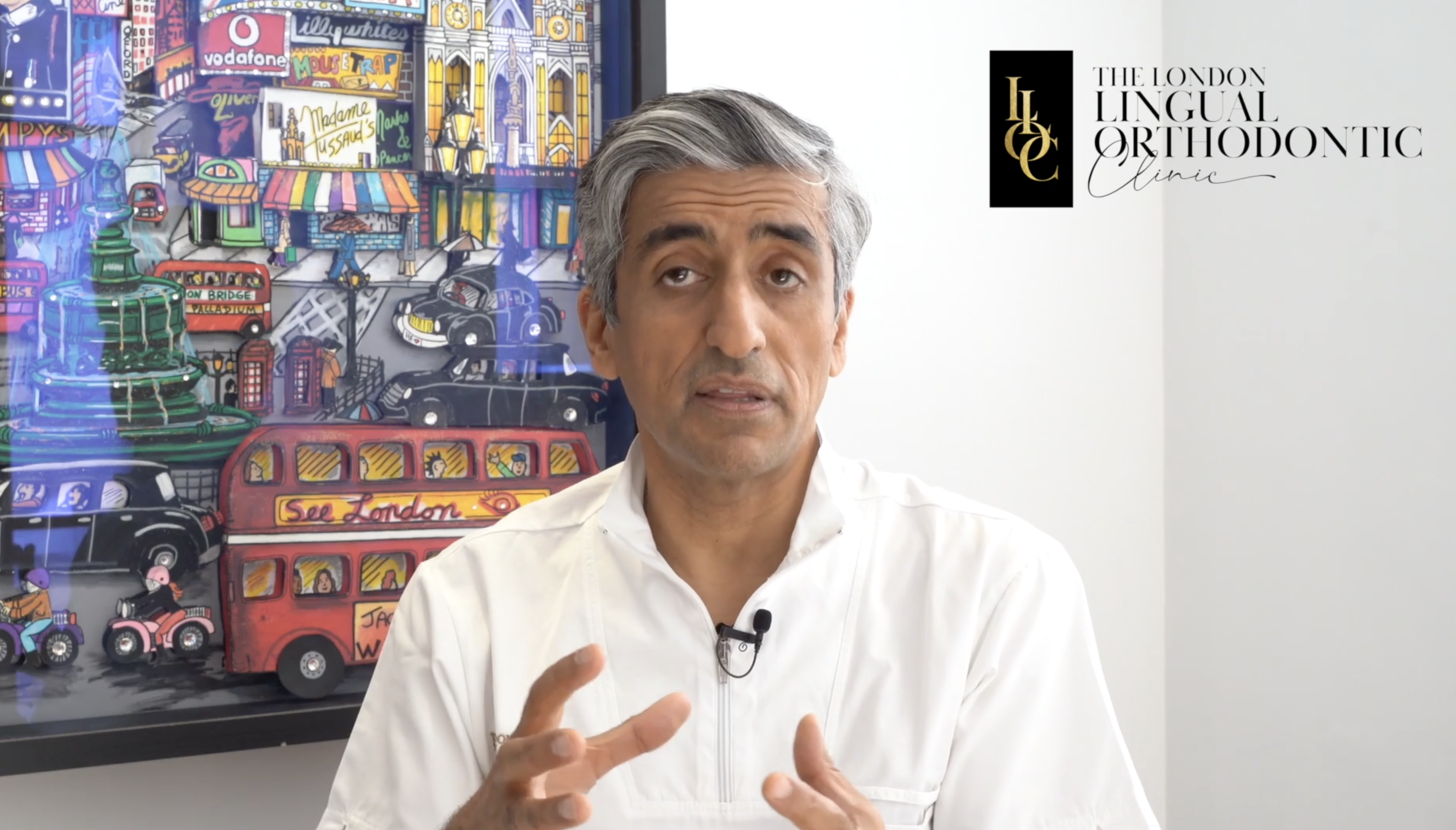Thousands of people every year will discover they have a tooth that has become stuck in the jaw. This most commonly occurs with the upper canine tooth, also known as the eye tooth or ‘fang’. This article investigates why and what can be done.
Did you know that human beings have what is known as a diphyodont dentition? In everyday language, this means we have two sets of teeth, our baby teeth, and our permanent teeth. By contrast, a few animal species have more than two sets, as well as the ability to grow teeth. The lucky alligator, for instance, has stem cells in the jaw which enable new teeth to be grown when needed.
Generally, having two sets of teeth works very well for us humans. Our 20 baby teeth allow us to bite, chew and speak. They hold spaces for adult teeth to grow into – and they look very cute! Baby teeth start erupting from about six months, with all teeth being fully through by the age of 2½, but they don’t last long.
From the age of about 6 years, they will start to come out and the tooth fairy will be a regular visitor. The permanent teeth will emerge gradually to take the place of baby teeth as the jaws develop and we grow. The transition is gradual and for many years we have a mixture of baby and permanent teeth. The last teeth to come through are our wisdom teeth, or third molars, which emerge emerge after the age of 18.
This is of course if everything goes to plan. Sometimes, teeth don’t come through as expected or they might come through in the wrong position, in the palate, for instance.
A common complication occurring in around 2-3% percent of the population, is that the canine teeth in the upper jaw become stuck or impacted. This is thought to happen because the follicle of the adult canine tooth develops very high in the maxilla, just below the eye socket, and it has a very long path of eruption from that position into the mouth.
Sometimes, the baby tooth does not become loose, and parents fail to notice that it is not being replaced. The typical age for the eruption of canine teeth is about 11 or 12.
There are radiographic indicators – signs that a dentist can detect from an X-ray – to help identify a canine tooth that is at increased risk of being impacted. It is important to have a check-up with your dentist around the age of 10 to assess the development of the teeth. If your dentist is concerned, he or she can always refer to an orthodontist for an opinion.
If problems with the development of the canine teeth are only noticed later, treatment can become more challenging. Although impacted canines are generally benign, there are risks associated in a failure to diagnose impacted canines. These risks include:
- cysts can form around the crown of the unerupted canine tooth
- the impacted tooth can erode the root of the neighbouring tooth or teeth – this is known as root resorption.
The management of impacted canine teeth varies according to several factors such as the position of the impacted canine in the palate, the crowding of the teeth in the mouth and the presence or absence of other teeth. Generally, the impacted tooth will need to be exposed and brought into the line of the arch of the other teeth. The exposure of the tooth requires the assistance of an oral surgeon who makes a cut in the gum to either expose the whole tooth or place a gold chain on the tooth to help pull it into the right position in the mouth.
I discussed my approach to the management of impacted canines when I gave a presentation https://www.londonlingualbraces.com/for-professionals/crocodiles-koalas-impacted-canines/ to the Australian Lingual Orthodontic Society in 2019.
Managing impacted canines is something I do semi-regularly. A few generations from now, it may well be routine for stem cells to be used to tackle a whole range of development issues, such as impacted canines. Until then, we have to make the most of our diphydont dentitions.
If you’ve got any questions about orthodontic treatment here at the London Lingual Orthodontic Clinic, or you would like to find out more about your options, please do not hesitate to get in touch.
